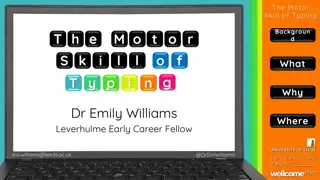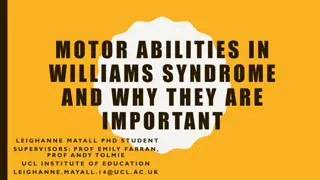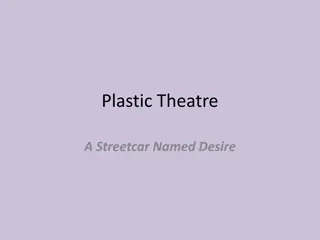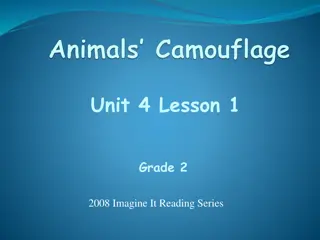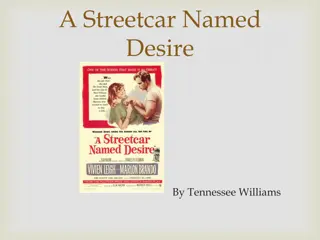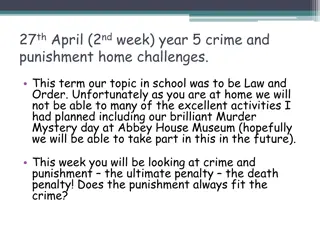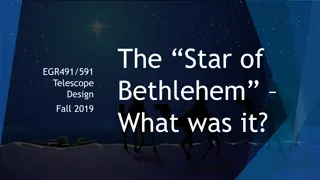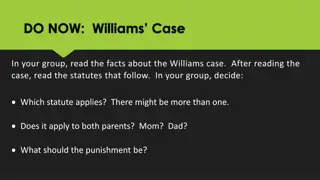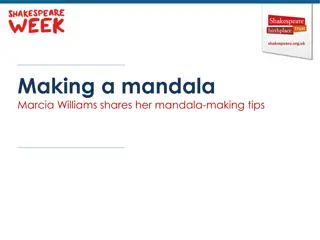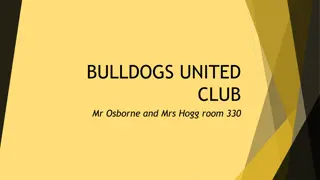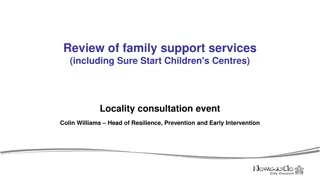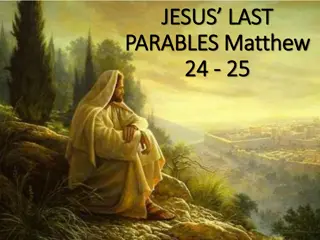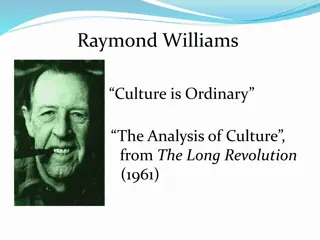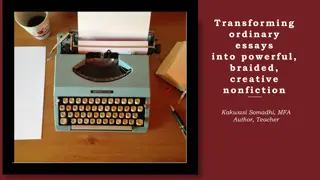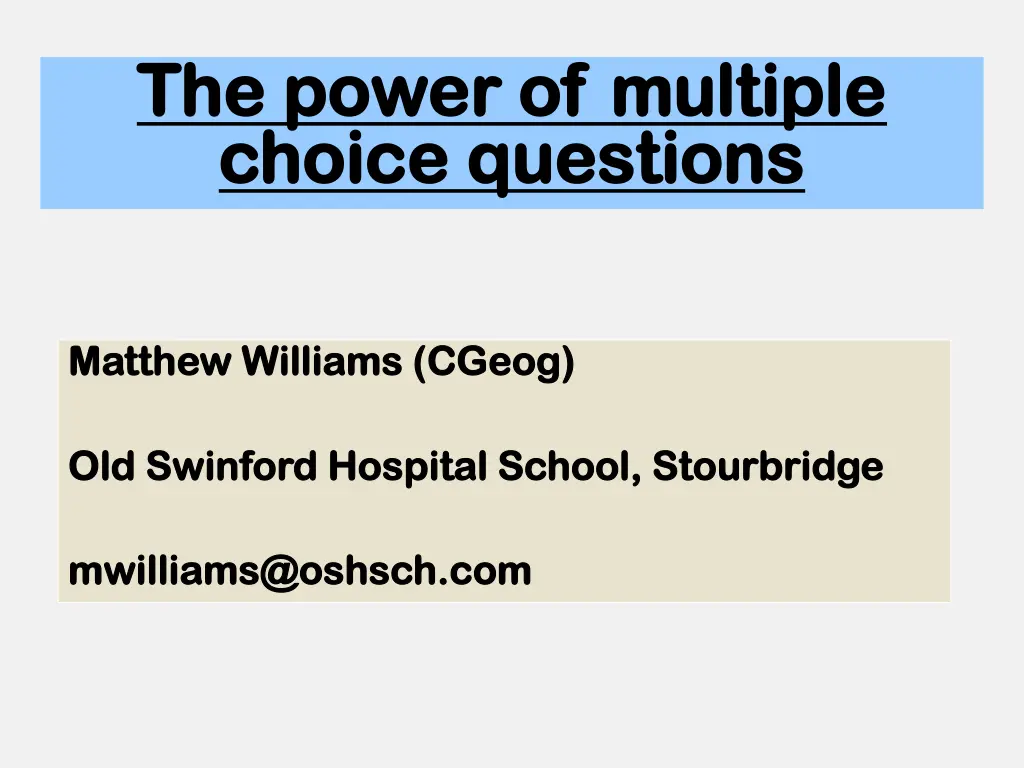
Effective Strategies for Crafting Multiple Choice Questions
Discover the potential advantages and disadvantages of using multiple choice questions in education, along with tips on creating effective multiple choice questions to test and address misconceptions. Learn about the benefits of quick testing, retrieval practice, and addressing misconceptions with targeted questions. Explore examples of well-crafted questions that promote critical thinking and enhance learning outcomes.
Download Presentation

Please find below an Image/Link to download the presentation.
The content on the website is provided AS IS for your information and personal use only. It may not be sold, licensed, or shared on other websites without obtaining consent from the author. If you encounter any issues during the download, it is possible that the publisher has removed the file from their server.
You are allowed to download the files provided on this website for personal or commercial use, subject to the condition that they are used lawfully. All files are the property of their respective owners.
The content on the website is provided AS IS for your information and personal use only. It may not be sold, licensed, or shared on other websites without obtaining consent from the author.
E N D
Presentation Transcript
The power of multiple The power of multiple choice questions choice questions Matthew Williams ( Matthew Williams (CGeog CGeog) ) Old Old Swinford Swinford Hospital School, Stourbridge Hospital School, Stourbridge mwilliams@oshsch.com mwilliams@oshsch.com
The Potential For Multiple Choice Questions Advantages Disadvantages 1. Quick testing. 1. Time to set up. 2. Great for remote work. 2. Only test knowledge. 3. Excellent retrieval practice. 4. Removes the don t know response. 5. Great for SEN students. 6. Link to Rosenshine s 80% target. 7. Huge potential for spaced practice and interleaving.
Topic Recap 4. Which of the following are both both forms of transportation? a. Abrasion & Solution. b. Attrition & Abrasion. c. Traction & Abrasion. d. Traction & Suspension. 5. Which is the correct sequence for the formation of a gorge? a. Overhang formation, vertical erosion, collapse, undercutting, retreat. b. Undercutting, vertical erosion, collapse, overhang formation, retreat. c. Vertical erosion, undercutting, overhang formation, collapse, retreat. d. Vertical erosion, overhang formation, collapse, undercutting, retreat. 6. For a meander to form there needs to be a. erosion on the inside bend and deposition on the outside bend. b. erosion on the outside bend and deposition on the inside bend. c. erosion everywhere but deposition when the river slows down. d. erosion in the centre of the river and deposition on the edges.
Interleaving 1. Which of the following is an economic economic impact of each match in the Six Nations based on data averages? a) Almost 1,700 tons of pollution is created. b) It is viewed in 160 different countries. c) The host country makes almost 20 million. d) There are 72,000 spectators in attendance. 2. Rocks hitting each other and breaking apart is the correct definition of which of the following? a) Abrasion. b) Attrition. c) Hydraulic power. d) Saltation. 3. Tropical rainforests are generally found a) Along the equator. b) Along the Tropic of Cancer and Capricorn. c) In the middle of continents. d) Surrounding the north and south poles.
Effective Multiple Choice Questions Use only three or four options. Place answers in alphabetical order to remove bias. Make sure the question is clear and key information is emboldened. Make sure one answer does not stand out in terms of length and content. Aim to test misconceptions.


